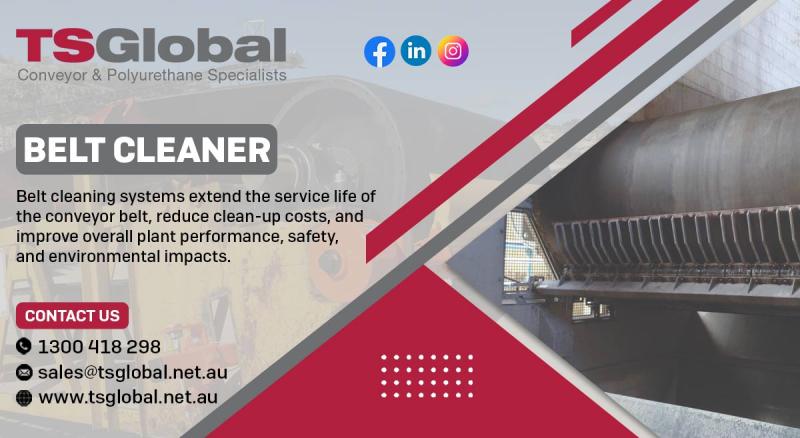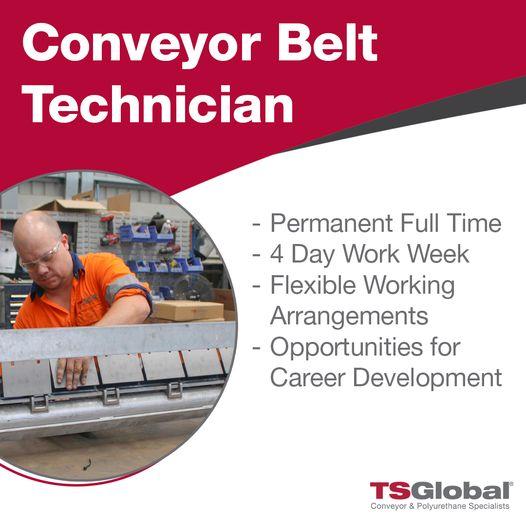The Modern Conveyor Belt in Industry and Logistics
The conveyor belt, once a simple
tool for moving materials, has evolved into a cornerstone of modern industry
and logistics. Its development reflects advancements in engineering,
automation, and materials science, making it an indispensable component in various
sectors. The modern conveyor belt not only enhances productivity but also
ensures safety, reliability, and cost-efficiency in industrial operations and
logistics.
Historical Evolution
The concept of the conveyor belt
dates back to the late 19th century, with the introduction of leather and
rubber belts used in manufacturing plants. However, it was Henry Ford who
revolutionized its use in the early 20th century by incorporating conveyor
belts into his assembly lines, significantly boosting productivity and setting
a precedent for mass production. Since then, the technology has undergone
continuous refinement, adapting to the ever-changing demands of industrial
processes and logistical challenges.
Technological Advancements
Modern conveyor belts are far
more sophisticated than their early counterparts. Today's systems incorporate
advanced materials such as synthetic polymers, which provide greater durability
and flexibility. Additionally, the integration of automation and smart
technology has transformed conveyor belts into intelligent systems capable of
self-monitoring and adjusting operations in real time.
One significant advancement is
the development of modular conveyor belts. These belts consist of interlocking
segments that can be easily replaced or reconfigured, reducing downtime and
maintenance costs. Moreover, modern belts often feature embedded sensors that
monitor various parameters such as temperature, speed, and load, enabling
predictive maintenance and minimizing the risk of unexpected failures.
Applications in Industry
In manufacturing, conveyor belts
are integral to the assembly line, ensuring a smooth and continuous flow of
materials and products. They are used in various stages of production, from
transporting raw materials to moving finished goods to packaging and shipping
areas. The versatility of conveyor belts allows them to handle a wide range of
materials, including delicate electronics, heavy machinery, and perishable
goods.
One notable example is the
automotive industry, where conveyor belts are crucial in assembling vehicles.
These belts transport parts between workstations, allowing for precise timing
and coordination, which is essential for efficient production. Similarly, in
the food and beverage industry, conveyor belts are designed to meet stringent
hygiene standards, ensuring that products are handled safely and efficiently.
Impact on Logistics
In the logistics sector, conveyor
belts are pivotal in managing the flow of goods within warehouses and
distribution centers. They facilitate the efficient sorting, handling, and
transportation of packages, significantly speeding up the order fulfillment
process. This efficiency is particularly crucial in the era of e-commerce,
where fast and accurate delivery is a key competitive advantage.
Automated conveyor systems in
logistics hubs are often integrated with other technologies such as barcode
scanners, RFID systems, and robotic arms. This integration allows for real-time
tracking of packages and automated sorting based on destination, size, and
weight. As a result, logistics companies can process higher volumes of goods
with greater accuracy and speed, reducing operational costs and improving
customer satisfaction.
Future Trends
The future of conveyor belts in
industry and logistics looks promising, with ongoing innovations poised to
further enhance their capabilities. One emerging trend is the use of artificial
intelligence (AI) and machine learning (ML) to optimize conveyor operations.
These technologies can analyze vast amounts of data to predict maintenance
needs, optimize routes, and even adapt to changing production demands
dynamically.
Another exciting development is
the advent of eco-friendly conveyor belts made from sustainable materials. As
industries and consumers alike become more environmentally conscious, the
demand for green solutions is growing. These eco-friendly belts not only reduce
the environmental impact but also often offer improved performance and
longevity.
Conclusion
The modern Conveyor Pulleys
is a testament to how innovation can transform a simple concept into a
sophisticated and vital tool for industry and logistics. Its evolution from
rudimentary belts to advanced automated systems has revolutionized the way
materials and products are moved, significantly enhancing efficiency and
productivity. As technology continues to advance, conveyor belts will
undoubtedly play an even more crucial role in shaping the future of industrial
operations and logistical processes, driving progress and setting new standards
for efficiency and sustainability.






Comments